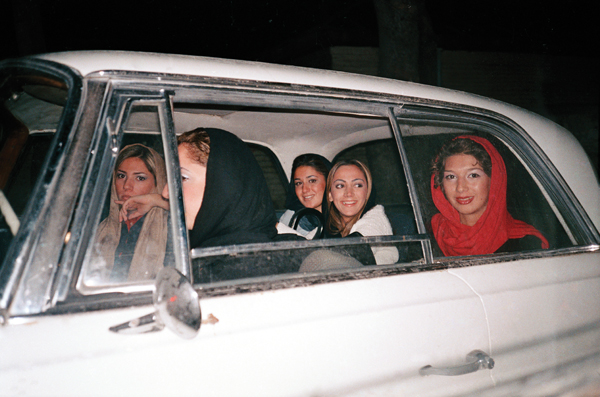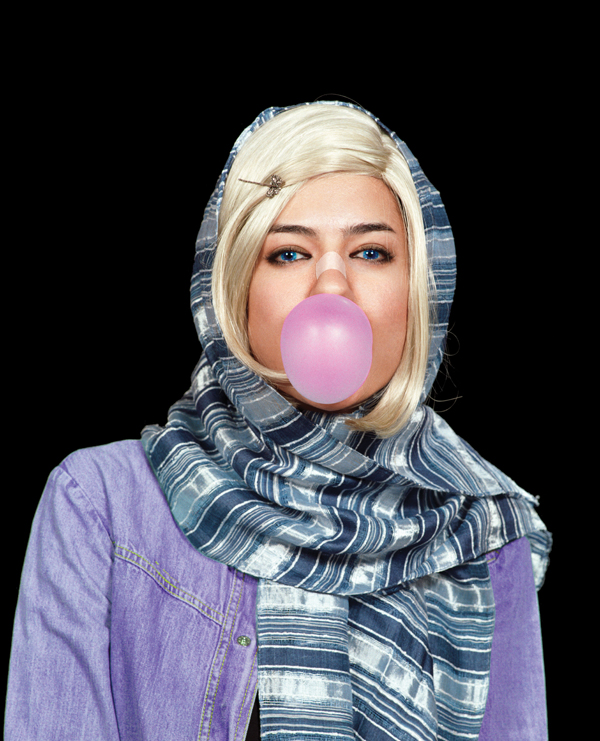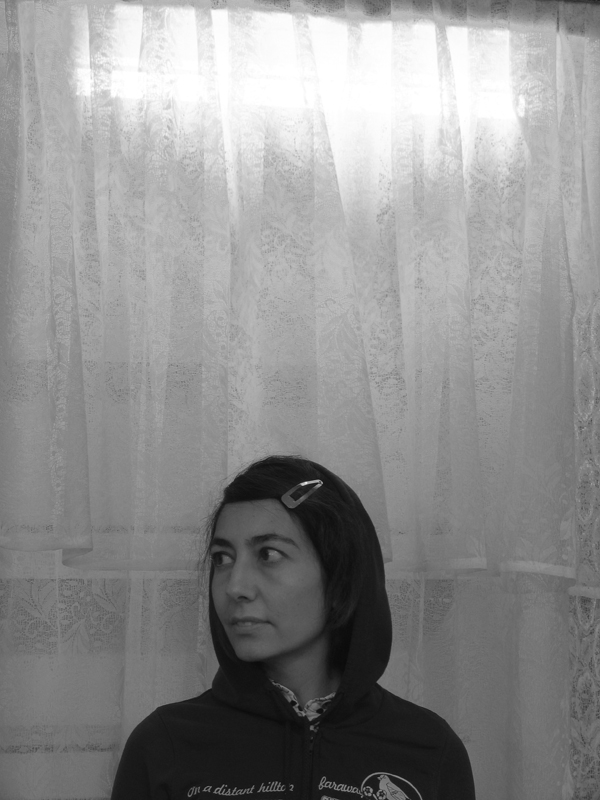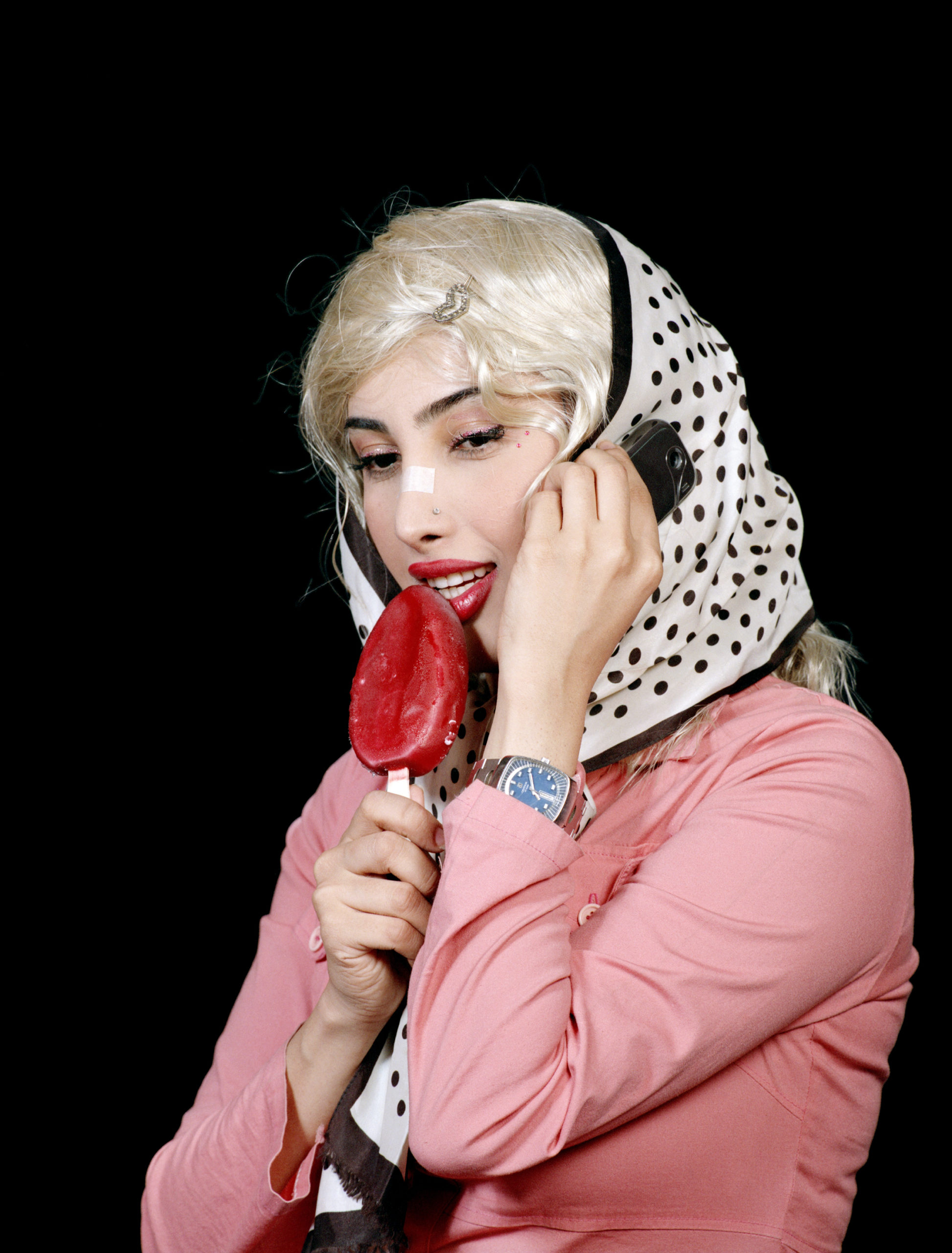Shirin Aliabadi, Miss Hybrid, 2008
Shirin Aliabadi, an Iranian multidisciplinary artist known for her colorful portraits of young women breaking the stereotypes associated with the country’s strict moral and dress codes, passed away in her native Tehran in October. She was forty-five. Trained as an archaeologist and art historian at the University of Paris, Aliabadi had a returnee expat’s quizzical eye, which gave her a fresh point of view to survey the changes in her native country during the reform years of Mohammad Khatami’s presidency. At a time when Iran was experiencing a respite from the zeal of its early revolutionary days and the austerity of an elongated war with its neighboring Iraq, a growing younger population had helped elect Khatami for a second term in 2001, and began the process of changing the landscape of the country, especially in the capital, Tehran.

Courtesy The Third Line, Dubai
In Aliabadi’s Girls in Cars (2005), the artist recorded the urban phenomenon of nocturnal cruising in cars as a pastime of young Tehranis. Restricted in their interactions with the opposite sex in the public space, the middle-class youth used their cars to engage in a vehicular mating dance fueled by unspent hormones and cheap petrol, causing massive traffic jams in the streets in the north of Tehran. In an interview with Deutsche Bank’s ArtMag, Aliabadi recalled her time capturing the images of young women all dressed up to be seen through the windows of their cars “as the best time I ever had stuck in traffic.” Commenting in 2005 on this series of snatched photographs, she elaborated: “Every time my flash would go off in the street I would attract a lot of attention. The girls in cars were very curious and we would start a long friendly conversation about why I was taking the pictures, what was I going to do with them, where were they going to be published, etc.” The photographs show a range of reactions from the women: some are playful, others tentative.

Courtesy The Third Line, Dubai
While Girls in Cars is essentially journalistic in style, Aliabadi’s best-known work, Miss Hybrid (2007), is a selection of staged portraits of young Iranian women with bleached-blonde wigs wearing lurid blue contact lenses over their naturally brown eyes, proudly sporting nose-job plasters. Nose jobs, hugely popular in Iran, where women prize upturned European noses, had become a staple topic in the media coverage of Iran at that time. Aliabadi’s blonde babes were staged to look defiant, blowing bubblegum or coquettishly nibbling at giant lollipops. By the time she created this series, foreign media had already discovered the lure of images of Iranian women licking ice cream or handling a dripping petrol nuzzle to accompany news about the country.

Courtesy The Third Line, Dubai
Miss Hybrid is regarded by Western critics as a celebration of resistance in the face of oppression in a country where, for over a century, the wrangling over modernity and tradition has been played out on the bodies of its women and their style of dress. Aliabadi herself was aware that this interpretation of fashion as resistance may be simplistic.” I don’t believe that you automatically become a rebel with a Hermès scarf around your neck, but in the context of the society in which we grew up, within an educational system that has different values to those in the West, the phenomenon of fashion turns into an interesting paradox,” she said in 2013. “But ultimately, these young women’s concern is not to overthrow the government but to have fun.”

Courtesy The Third Line, Dubai
With Miss Hybrid, Aliabadi did more than point to a playful form of rebellion; she highlighted the painful truth that forced values may engender unexpected reactions. Her “Miss Hybrids” are the forerunners to the new subculture of palang (“leopard”) women in Iran, who alter their faces through extensive surgery to mimic an exaggerated idea of beauty reminiscent, at best, of Barbie. In Miss Hybrid, Aliabadi successfully captured the dilemma of young Iranian women who, in an attempt to free themselves of their social restraints, manage to take refuge in another trap, that of consumerism and objectification.


























